The fresh-water polyp Hydra, a member of the over 600-million-year-old phylum Cnidaria, is famous for its virtually unlimited regenerative capability and hence a perfect model for molecular stem cell and regeneration research. This polyp, with its simple structure and radial symmetry, can help us understand how our body axes came to evolve. Scientists from Heidelberg and Vienna have brought this evidence to light through their research on the formation of new polyps in the Hydra through asexual reproduction. Their findings have now been published in the journal “Nature”. Project participants include a working group under the direction of Prof. Dr. Thomas Holstein and Asst. Prof. Dr. Suat Özbek at the Centre for Organismal Studies (COS) of Heidelberg University and Dr. Heiko Schmidt at the Center for Integrative Bioinformatics Vienna (CIBIV) of the Max F. Perutz Laboratories (MFPL). The Hydra reproduces asexually by producing buds on the body wall of the adult, which then mature to form new polyps. The Heidelberg researchers delved into this process at the molecular level and discovered that a signal pathway is used that triggers the left-right asymmetry of organs in higher animals, including humans. The processes that play out at the molecular level are strikingly similar to those that trigger the formation of body axes in early embryos of vertebrates.
Fuente : http://www.alphagalileo.org/ViewItem.aspx?ItemId=1...
Fuente : http://www.alphagalileo.org/ViewItem.aspx?ItemId=1...



 Tendencias Científicas
Tendencias Científicas
 La prevención del VIH no llega a las jóvenes sudafricanas
La prevención del VIH no llega a las jóvenes sudafricanas




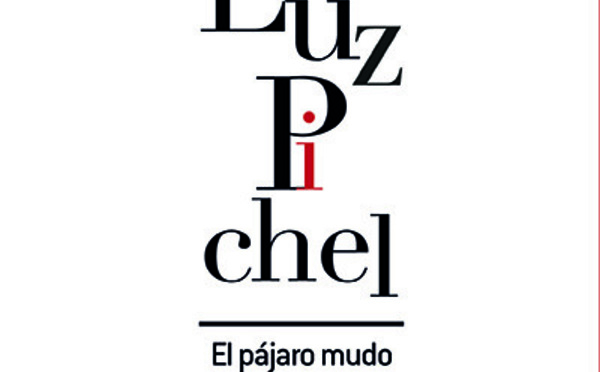




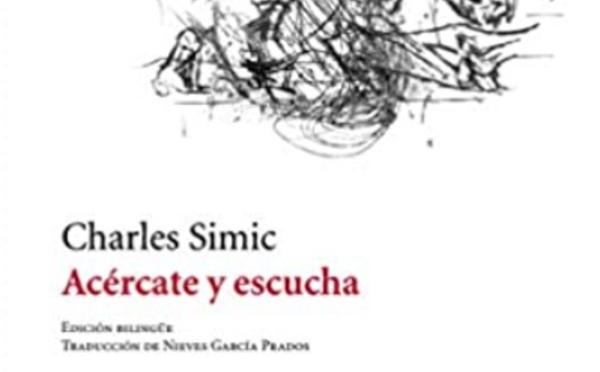


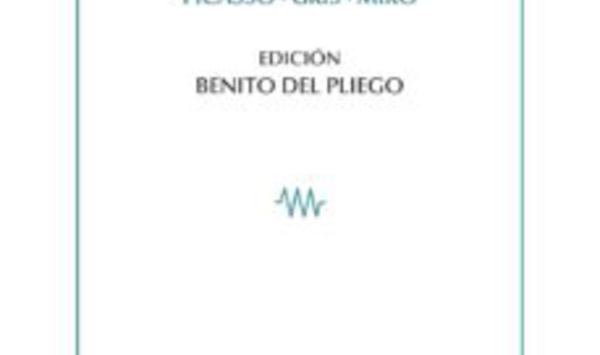


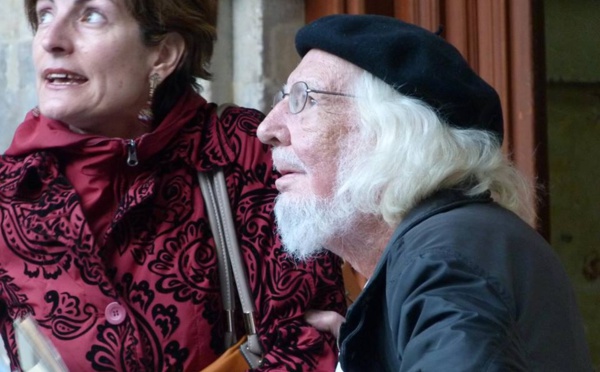

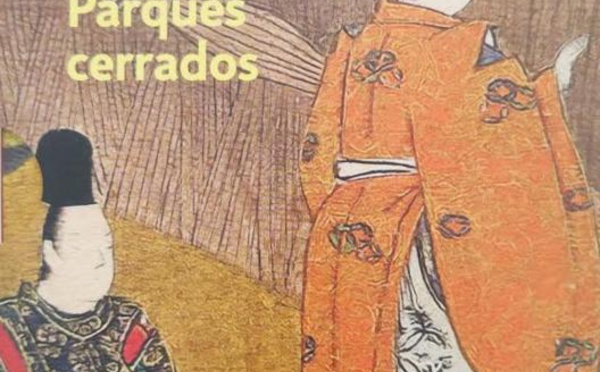




 CIENCIA ON LINE
CIENCIA ON LINE